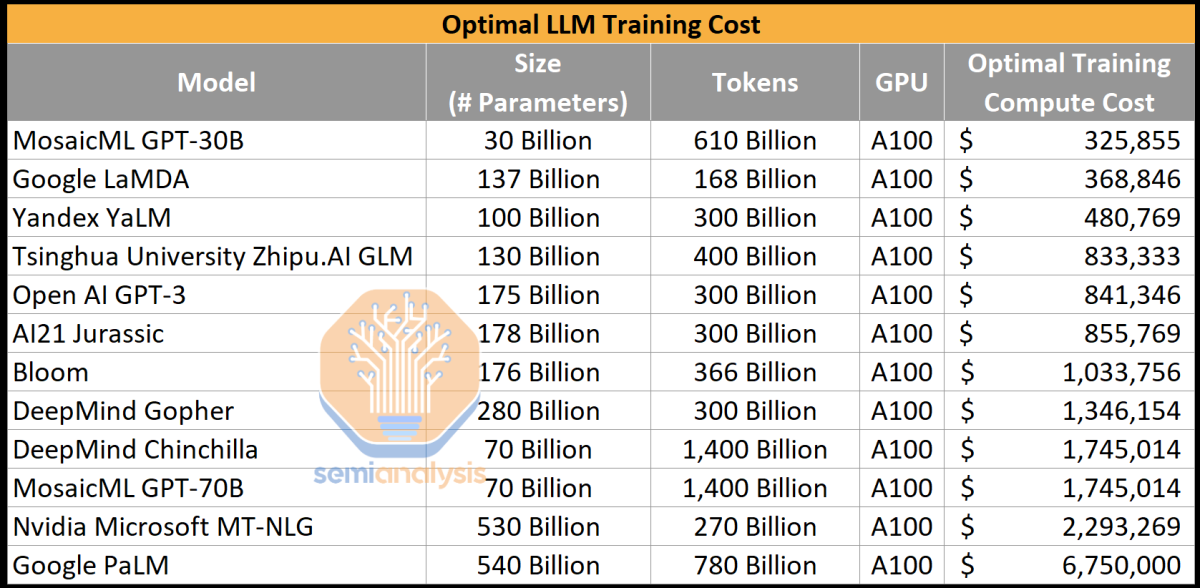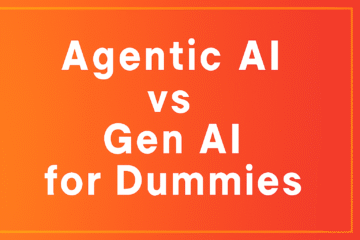The AI gold rush is in full swing. Every corporate earnings call, tech conference, and LinkedIn post touts artificial intelligence as the inevitable future. McKinsey predicts generative AI could add $2.6–4.4 trillion annually to the global economy, while headlines declare AI will reshape jobs, industries, and human productivity. Yet beneath the glossy promises lies a stark disconnect: most organizations, outside a handful of tech giants, are struggling to implement AI meaningfully. For career professionals caught between fear and FOMO, understanding this gap is critical.
The AI Hype Machine vs. Ground-Level Realities
Corporate AI announcements often overshadow the messy, costly, and legally fraught process of actual adoption. A 2023 IBM survey found that only 35% of companies reported using AI in their business, with just 42% having actively explored it. Even among adopters, scaling beyond pilot projects remains rare.

Take generative AI. While ChatGPT’s viral success sparked a frenzy, most enterprises face steep barriers:
- Cost: Training and fine-tuning models like GPT-4 can cost millions, with API usage fees ballooning for high-volume applications.
- Legal risks: Copyright lawsuits (e.g., The New York Times vs. OpenAI), GDPR compliance, and opaque training-data sourcing deter cautious firms.
- Talent gaps: A 2024 MIT study revealed that 78% of businesses lack in-house AI expertise, relying on third-party vendors with opaque methodologies.

Why Big Corporations Bet on AI With No Clear ROI, and How They Get Away With It
Large enterprises routinely invest in hype cycles, treating them as R&D tax write-offs or PR opportunities. Historical precedents prove this:
- Blockchain: Walmart spent years testing blockchain for supply chains, only to quietly sunset most projects by 2023. The tech wasn’t useless, but it solved problems cheaper tools already handled. (Source: Coindesk)
- Metaverse: Meta lost $36B on the metaverse before pivoting to AI. The goal wasn’t profitability, it was dominating the narrative as a “future-ready” brand. (Source: The Verge)
AI follows the same playbook:
- Google’s “20% AI Projects”: Like its famed “20% time” policy, Google funds moonshots (e.g., AI-powered fashion design) knowing 90% will fail. The 10% that stick justify the spend.
- Microsoft’s OpenAI Partnership: Satya Nadella admitted Azure’s AI infrastructure won’t break even until 2030, but locking in enterprise clients early is the real win. (Source: Bloomberg)
Key Takeaway: MNCs treat AI like a poker ante. A cost of staying at the table. Smaller businesses can’t afford this gamble.
Small businesses face even starker challenges. A 2024 Upwork report showed that while 49% of freelancers use AI tools like Midjourney or ChatGPT for productivity, only 12% of SMBs have formal AI strategies, most dabble in chatbots or content generation without clear ROI.
SMBs and Generative AI: The Fun, Flaws, and Financial Reality
Generative AI’s viral appeal—creating art, blogs, or videos in seconds—masks three harsh truths for SMBs:
- Costs Add Up Fast
- Generating 1,000 product images via Midjourney (~$30/month) seems cheap until you need custom fine-tuning ($20k+ for Stable Diffusion LoRAs).
- ChatGPT API costs explode at scale: 10M tokens/month = ~$200—trivial for a Fortune 500, prohibitive for a 10-person startup.
- Ethical/Legal Quicksand
- Getty Images sued Stability AI for $1.8T over copyrighted training data. SMBs using AI-generated content risk similar liability. (Source: The Guardian)
- 72% of consumers distrust brands using obvious AI content (2024 Edelman Trust Barometer).
- Consistency Chaos
- AI can’t maintain brand voice across long-form content (e.g., a 50-page whitepaper). Human editors spend more time fixing AI output than writing from scratch.
- Case Study: A Shopify merchant using AI for product descriptions saw a 40% increase in return rates due to inaccurate/inconsistent text. (Source: Shopify Community Forums)
Case Studies: The Pilot Project Graveyard
- JPMorgan Chase’s COiN Disaster
In 2017, JPMorgan touted COiN, an AI system to analyze legal documents. By 2023, the project was shelved due to high error rates and legal risks. The bank now focuses on narrower, rules-based automation—a pattern repeated across finance. (Source: Financial Times) - Walmart’s Shelf-Scanning Robots
Walmart deployed AI-powered shelf scanners in 2019 to track inventory. By 2021, the robots were abandoned; human workers were cheaper and more adaptable. The lesson? AI isn’t always the answer to operational problems. (Source: Reuters) - Small Business Struggles
A 2024 Shopify survey found that 68% of SMBs experimenting with AI tools (e.g., copywriting assistants) discontinued them within six months, citing inconsistent quality and lack of customization.
The MNC vs. SMB Divide
Large multinationals like Google or Meta invest billions in AI infrastructure, betting on long-term dominance. For them, AI is a strategic play, even if individual projects fail. But smaller firms face a brutal calculus:
- MNCs can absorb losses, lobby for favorable regulations, and hoard talent.
- SMBs lack budgets for compliance teams or bespoke model training, forcing reliance on off-the-shelf tools with limited utility.
Meanwhile, individual professionals, especially job hunters, are fed a distorted narrative. LinkedIn profiles flash “AI skills” after a weekend Coursera course, but hiring managers increasingly demand proof of applied expertise. A 2024 Indeed report noted that while AI-related job postings rose 122%, only 15% required just “basic familiarity”, most sought specialized engineering or governance experience.
For non-technical roles, odds are high that the hiring team are not well-versed in AI themselves.
What This Means for Your Career
The AI revolution isn’t a monolith. Here’s how to navigate it:
- Ignore the “Learn AI or Die” Noise
Focus on domain-specific applications. A marketer mastering GA4’s AI insights is more valuable than someone regurgitating ChatGPT prompts. - Follow the Money
AI’s real-world impact is concentrated in sectors with deep pockets (healthcare diagnostics, semiconductor design, fraud detection). Prioritize industries where adoption is funded, not just theoretical. - Beware of “AI Washing”
Companies exaggerate AI use to attract investors. Scrutinize claims: Is the AI solving a core problem, or is it a marketing gimmick? - Regulations Are Coming, Be Prepared
The EU AI Act and U.S. executive orders on AI safety will reshape compliance needs. Professionals who understand risk frameworks will have an edge.
Choosing the Right AI Sub-Topics Based on Your Existing Skills
Not all AI skills are equally valuable or equally relevant to every professional. Instead of chasing generic “AI literacy,” align your learning with your domain expertise:
- For Creatives (Marketers, Designers, Writers):
Focus on applied generative AI tools like Adobe Firefly (for ethical image generation) or Jasper (for SEO-optimized copy). Understanding prompt engineering and copyright risks matters more than coding. - For Data-Heavy Roles (Finance, Operations, Healthcare):
Prioritize predictive analytics (e.g., Python + scikit-learn) or AI-augmented BI tools (Power BI’s AI features, Tableau’s Ask Data). Math/stats backgrounds translate well here. - For Engineers (Software, Hardware, Manufacturing):
Specialize in AI integration (APIs for vision/speech models) or AI-driven automation (RPA + computer vision for QA testing). - For Compliance/Legal Professionals:
Study AI governance frameworks (EU AI Act, NIST’s AI RMF) and bias auditing tools (IBM’s Fairness 360).
Avoid “tutorial paralysis.” A finance analyst doesn’t need to train LLMs from scratch—just like a graphic designer shouldn’t waste months on PyTorch.
The Bottom Line
AI’s potential is real, but its near-term impact is uneven. For every successful deployment, there are dozens of abandoned projects collecting dust. Career professionals should approach AI with cautious curiosity.
Investing in skills that solve tangible problems, not just chasing hype. The future belongs to those who can bridge the gap between ambition and execution.
The Real Opportunities Beyond the Hype
None of this means AI is worthless. The key is precision:
- For Job Seekers:
Roles like AI Trainer (fine-tuning models for specific industries) or AI Compliance Officer are booming, and don’t require PhDs. LinkedIn lists these jobs growing 300% YoY. - For Businesses:
Narrow, repetitive tasks (invoice processing, customer sentiment analysis) offer the best ROI. A 2024 Gartner study found 60% of successful AI deployments automate “boring work.” - For Creators:
Tools like Runway ML (video editing) or ElevenLabs (voice cloning) are game-changers, if used ethically and as assistants, not replacements.
AI’s future belongs to those who treat it like a power tool, not a magic wand. The hype will fade, but the professionals who paired AI with domain expertise will stay indispensable.
Sources:
- McKinsey: The Economic Potential of Generative AI
- IBM: Global AI Adoption Index 2023
- MIT Sloan: AI Talent Shortages
- Financial Times: JPMorgan’s AI Setback
- Reuters: Walmart’s Robot Rollback
- Indeed: AI Job Market Trends 2024
- Edelman Trust Barometer 2024: AI Distrust Stats
- Gartner: AI Automation Success Stories
- Shopify Community Forums: AI-Generated Product Descriptions Backlash


0 Comments